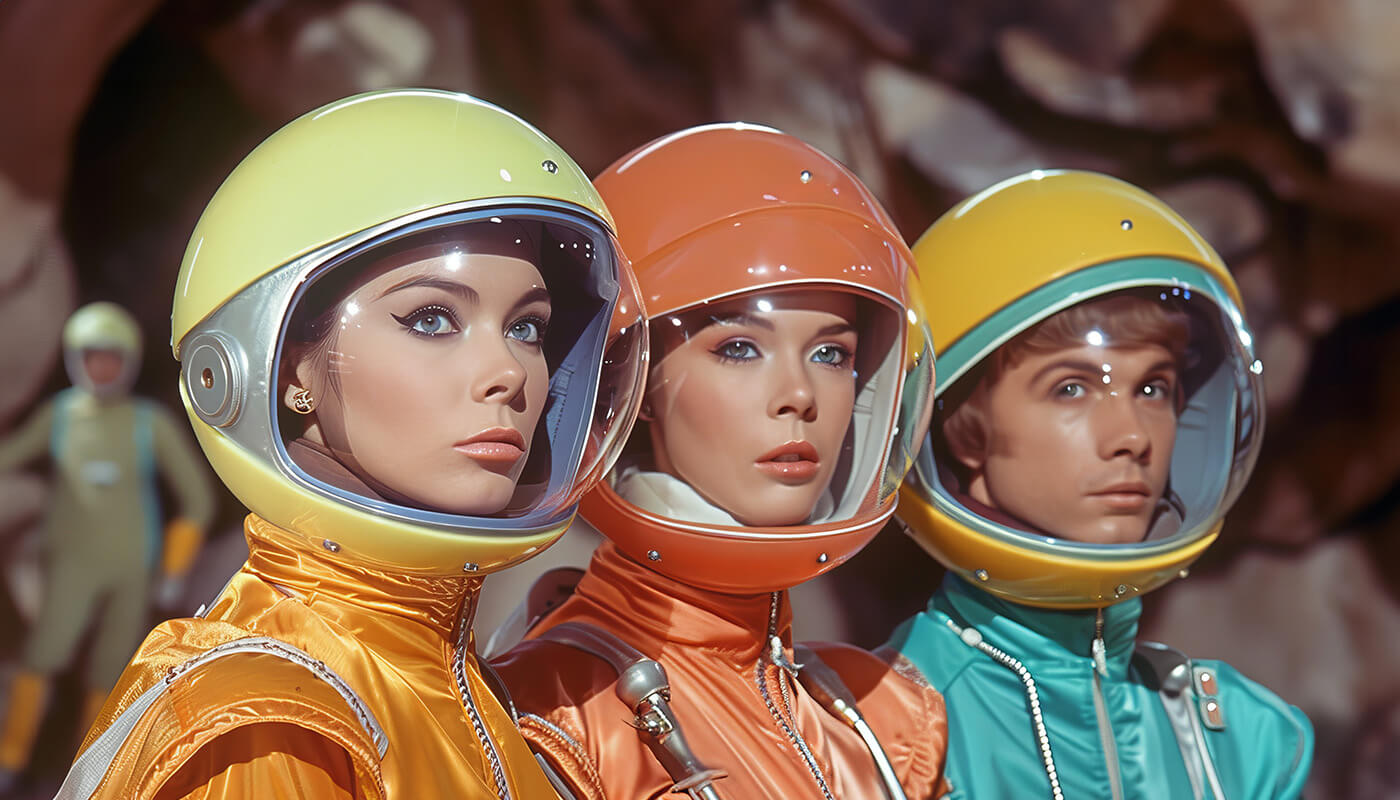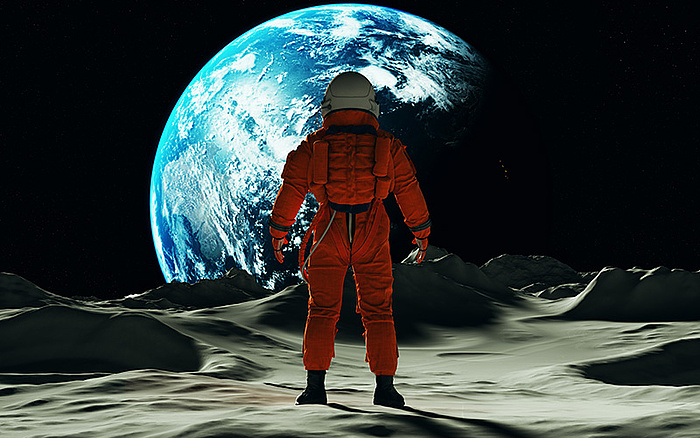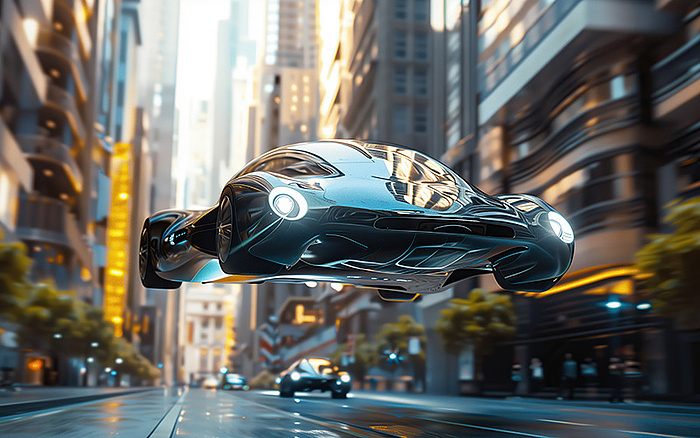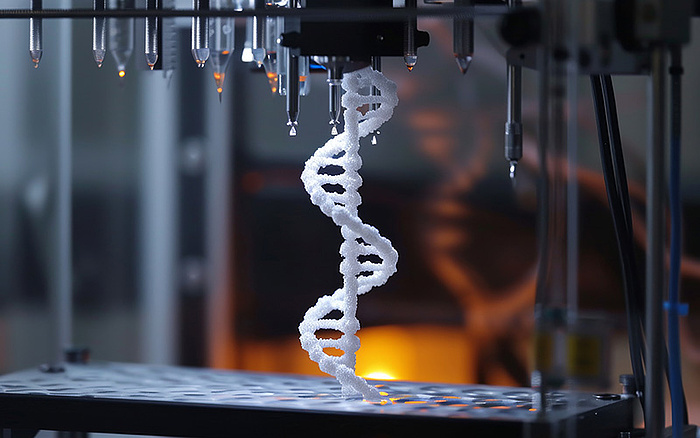
Everyday IP: Inventions that went from science fiction to science fact
Science fiction has long been both an expression of human ingenuity and an inspiration for it, consistently asking audiences to envisage a world where the unbelievable has become the everyday. However, many of those supposed impossibilities are based on theoretical possibilities — which means they are expressions of the hypothetical, not the unattainable. Naturally, inventors have risen to the challenge.
The result is a world that often seems to fulfill the visions of the science fiction of the past. Technology that once existed only in fictitious spaceships can now be found in our homes, vehicles and the palms of our hands. While creativity and curiosity are generally the rocket fuel for such progress, it is often Intellectual Property (IP) protections that bridge the gap between imagination and practicality. Here are just a few examples of that IP that has helped turn science fiction into science fact.
Beam me up, Scotty: exploring orbit and beyond
While science fiction is varied both thematically and tonally, the genre frequently finds itself penning a love letter to the stars — and this unavoidably aligns it with travel innovations, both terrestrial and extraterrestrial.
In what is widely believed to be the Western tradition's first known work of fiction discussing space travel, Lucian of Samosata wrote "A True History" in the 2nd century. The novella focuses on a Greek ship caught in a storm and carried to the surface of the Moon. Given the celestial body's position as Earth's closest neighbor, it was as much the practical target for early astronomical exploration as it was the object of fantasy and wonder. Serious efforts toward reaching into the sky began as early as 1914 when American physicist Dr. Robert Hutchings Goddard secured two patents for rockets using different fuel types.
The years following the Second World War saw a focus on long-range missiles and unmanned satellites, witnessing the launch of the Soviet Union's Sputnik I in 1957. This was quickly followed by the first U.S. satellite patent in 1958 and the first humans on the Moon in 1969, some 1,800 years after Lucian of Samosata's satirical tale. Though it was probably Konstantin Tsiolkovsky's 1885 book, "Dreams of Earth and Sky," that was a more direct inspiration for much of this progress, exploring as it did the possibility of a satellite in low-altitude orbit.

The view from the Moon in 1969 marked a turning point in human history, realizing concepts that had existed in speculative fiction for decades, from Jules Verne to Tsiolkovsky.
Since that fateful "small step for a man," many science fiction concepts have become realities, with a fast-growing space patent landscape setting the stage for space stations, interplanetary imagery, orbital tourism and more. This has enabled both innovation and conflict, raising questions about IP ownership beyond Earth.
In principle, the region above our atmosphere is not liable to national appropriation, meaning domestic laws cannot apply there. However, as on the high seas, the practicalities are much more complicated, and countries retain jurisdiction over objects that they launch into space, including manned modules and rockets. For example, if an invention is developed or used on board a U.S. space vehicle, it is subject to U.S. patent law.
No need for roads: personal transportation
Of course, while some look to the stars, others are more focused on mundane concerns such as getting to work on time. This has led to a merging of the real and aspirational worlds, producing innovations such as self-driving cars. Science fiction authors were dreaming about these inventions in the 1930s, with American writers Miles J. Breuer and David H. Keller exploring the concept in "Paradise and Iron" and "The Living Machine," respectively. During the same period, remote-controlled "phantom autos" roamed the streets, helping to keep the idea on the road as technology advanced.
Recently, self-driving cars have become a hot and financially volatile topic, attracting fluctuating investment. Meanwhile, improvements in navigational systems have inspired creative patents like one potentially enabling cars to repossess themselves. Yet, for all of this development, these vehicles are still decidedly grounded. The flying car, as seen in the cartoon series "The Jetsons," remains just out of reach, though not for want of inventiveness. Thankfully, the same is not true for other innovations inspired by fiction, many of which have become crucial for human health.

While self-driving technology continues to progress, the flying car remains an ambitious goal. Despite significant advances in AI and navigation, this concept still challenges inventors and businesses.
Life finds a way: health, medicine and biological processes
Artificial body parts are a particularly common trope in sci-fi storytelling, outfitting many of the genre's most recognizable characters.
Take, for example, 3D-printed body parts. Bioprinting was perhaps inspired in part by British author William F. Temple's 1949 novel "Four-Sided Triangle," which explores the duplication of a human being on the atomic level. The modern concept of bioprinting developed from this notion of constructing organic matter from basic blocks. That being so, while there have been many patents for printing methods, systems and apparatuses, with some experiments even taking place on the International Space Station, the IP landscape is still grappling with the technology. Since many patent systems exclude laws of nature and natural phenomena from patentability, the legal protections for bioprinting research and products remain in question.
A similar story plays out in the field of cloning. The concept is far from alien, having been explored for decades in films such as "Jurassic Park" and the "Star Wars" franchise, but its narrative origins stretch back much further, at the very least to 1932 and Aldous Huxley's "Brave New World." More than six decades later, in 1996, the first mammal cloned from an adult cell was born after extensive research led by Professor Sir Ian Wilmut of the Roslin Institute, University of Edinburgh. Although the Institute successfully patented the technology that produced Dolly the sheep in the United States and the United Kingdom, the United States Patent and Trademark Office turned down a patent covering the animal herself.

Beyond genetics, recent advancements in biotechnology include the use of 3D printing to sculpt organic material. This cutting-edge technique could revolutionize medicine, offering new possibilities in personalized healthcare.
While controversy surrounds many inventions first conceived in science fiction, others are an almost immediate hit, quickly becoming undisputed leaders of the technological landscape.
In science fiction, we dream: the power of technology
From tractor beams to robot butlers, sci-fi is known for its ingenious — and often enviable — tech gadgets. Fortunately, pioneering inventors have found ways to bring such tools to life:
- Touchscreens: Touch-controlled screens have long been a staple of science fiction. English engineer Eric Arthur Johnson received a patent for this technology in 1969, but it did not become mainstream until Apple launched their first touchscreen phones in 2007.
- Universal translators: Perhaps making their sci-fi debut in "First Contact," a 1945 novelette by Murray Leinster, universal translators are now defined by multilingual models, artificial intelligence (AI) tools and handheld technology like smartphones — a web of patents from different parts of the IP world.
- Wearable technology: Once limited to the wrists of intrepid sci-fi explorers and the advanced species they would meet, wearable electronics in the form of digital watches hit the scene in the 1970s. Attempts to miniaturize computing continued over the following years with limited success until Apple received a patent grant for a smartwatch in 2014. The very next year, the Apple Watch changed consumer perceptions of a timeless accessory.
Although science fiction does not always set out to prophesize the future, it often lays the groundwork for human progress — and every new story is an opportunity to turn a writer's dreams into an inventor's reality.
Are you trying to protect a fiction-inspired innovation? Contact the Dennemeyer team to see how our IP expertise can become your ticket to the future.
Filed in

Shine a light on how Intellectual Property (IP) rights help you enjoy the outdoors more safely by covering sunscreen.



